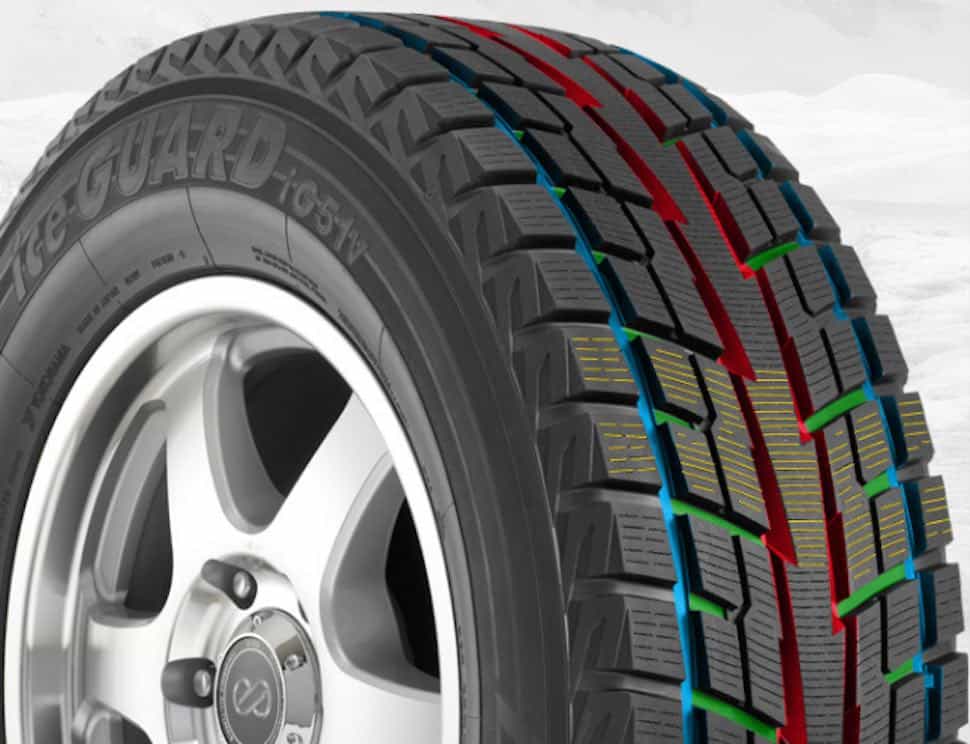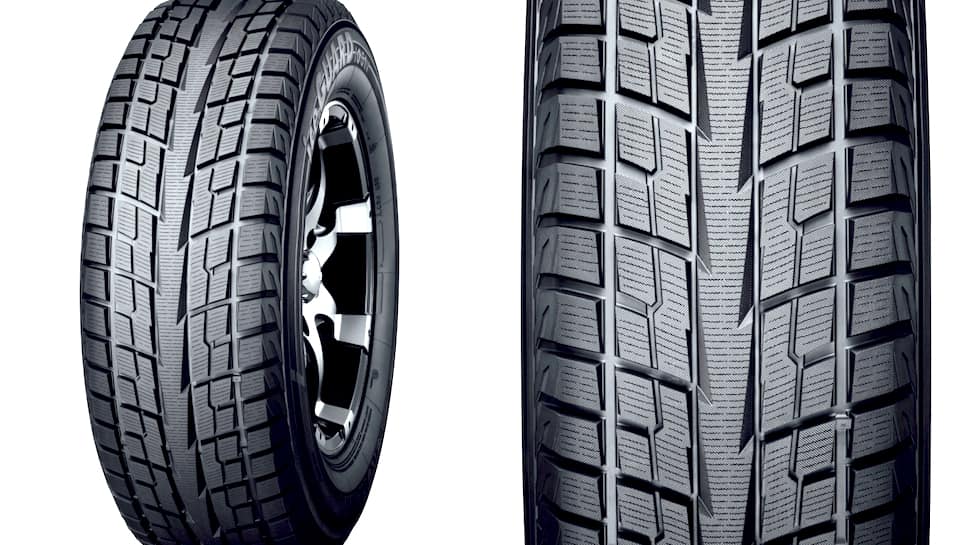The term all-season tire, for many parts of North America is a misnomer, and many tire experts don’t recommend them for any drivers, saying they represent the worst of all seasons, being a compromise for summer as well as for winter.
| Spec | Metric |
|---|---|
| Tire Size Range | 15 to 20 inches |
| Speed Rating | T (118 mph) |
| Load Range | Standard Load |
| Studdable | No (Studs cannot be added) |
| Warranty | Manufacturer’s Limited Warranty |
| Mileage Warranty | Typically not included for winter tires |
| Tread Depth | Varies by tire size |
| Price Range | Moderate to High, depending on size and retailer |
It almost goes without saying that if you drive in snowy conditions, you should have winter tires, but did you know the tipping point in temperature is actually above freezing? At 7 C or 45 F, your all-season tires start to glassify or begin their journey from safe summer skins to rock-hard hockey pucks. Some summer tires do that at temperatures even warmer.
Winter tire developed for the drivers of crossovers, SUVs, and light-duty pickups
One of the latest lines of winter tires comes from Yokohama, and its iceGUARD tires have gone through several iterations over the decade, or so they’ve been on the market. The current is the iceGUARD iG51, or iG51v, for crossovers.
Also read: Review: New BFGoodrich Winter T/A KSI Tires
We installed a set of the iG51v on our 2018 Mazda CX-5 in early November, and despite this being a year that autumn forgot, it wasn’t until December I could give the tires a good workout in snow.
Winter tires and AWD: What you need to know
First, some housekeeping: our CX-5 is all-wheel drive, but all-wheel drive is not a substitute for winter tires. AWD with all-season tires may help you get going, but you’ll be surprised when you try to stop. AWD helps you go; it does not help you stop or steer.
Moreover, the various systems in your vehicle require as much traction as you can give them to work effectively. ABS won’t help you stop if every time it applies braking your wheels just slide, and stability control is expecting some traction every time it brakes a wheel or two to pull you back in line.
IG51v Tires Tested
As I expected, in winter, the i-ACTIV all-wheel drive on the Mazda plus winter tires is a killer combination. These Yokos have excellent grip in snow, and even trying, it’s difficult to get much wheelspin happening. The i-ACTIV system just seems to know when to send torque to the rear wheels, and the tires simply dig in and go.
What I appreciate about the Mazda’s stability nanny is it is programmed not only to let the car break loose just a little bit more than many brands, it’s also smart enough to know when you’ve caught a slide correctly and doesn’t need to intervene.
Also see: Cooper Discoverer A/TW Review: The Latest Winter Tire Technology
In other words, it will let you have fun and only step in when it needs to keep you out of the weeds. With these tires, the grip is enough that when you do catch it, you actually catch it!
Tire designed for snow

With their big, blocky tread blocks and multiple Z-shaped cuts called sipes, winter tires will move around a bit more than summer tires. Tread squirm, it’s called, and while it’s what keeps your tires grippy throughout the winter, it can have a noticeable effect on your car’s handling.
I won’t pretend it’s not noticeable with these Ice Guards, but it’s nowhere near as pronounced as on some winter tires I’ve tested or owned. Some of that is the work of Mazda, with its G-Vectoring Control planting the front tires slightly when turning the wheel, but a lot is simply the design of the tires.
Tire noise
The continuous centre tread around the middle of the tread also does a good job of keeping the tires quiet. Winter tires are going to be noisier than summer tires, but the noise here isn’t bad.
That centre rib, as it’s called, is also key to the tire’s effect on your car’s handling. Yokohama says the design, called a variable-angle centre rib, improves tread block rigidity in dry conditions.
As I expected, in winter, the i-ACTIV all-wheel drive on the Mazda plus winter tires is a killer combination. These Yokos have excellent grip in snow and even trying, it’s difficult to get much wheelspin happening.
On dry roads, the iceGUARDs are not significantly removed from the Yokohama Geolander SUV tires that are supplied as original equipment.
If you look at the treads of the tires, you’ll see large grooves between tread blocks and around the centre of the tread. These do an excellent job of grabbing snow for traction and then tossing it as the tire rotates. This is key, since if the snows builds up in the treads, it will make the tire less grippy.
There is a wide variety in the quality of winter tires available on the market, and while even the worst are a significant improvement over all-season tires, these Yokos are near the top of the pack.


